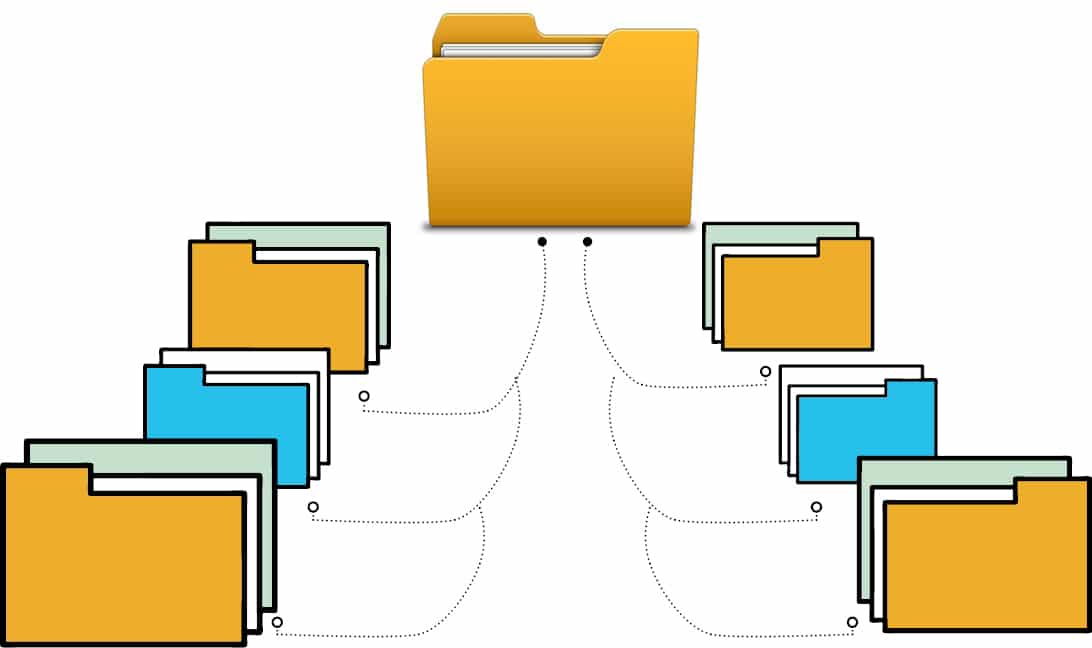Objective #34
Characteristics of the main operating systems.
Work management
The operating system plans and organizes tasks to be handled by the computer. This includes defining the order in which programs run and creating a pending job queue. Factors such as resources used, priority of tasks and other special requirements influence work management
- Resource management: The operating system monitors and controls hardware resources. This involves ensuring that programs only use available devices.Resources include CPU, memory, input/output devices (such as printers or hard drives), and other system components.
- Memory management: The operating system allocates and frees memory for running programs. It also handles virtual memory management, which allows programs to use more memory than is physically available.
- File and directory management:They provide an interface for organizing and accessing data stored on the hard drive or other storage devices.
- Process administration: Assigns CPU time, priorities and resources to each process, ensuring efficient use of the system.
- User interface: Provides a friendly way for users to interact with the computer. It can be a graphical interface (GUI) or a command line interface (CLI), depending on the operating system.
- Protection and security: They control access to files and resources, authenticate users and prevent external threats.
- Compatibility and standards: Operating systems must meet specific standards to ensure interoperability with other systems and applications.Some popular examples of operating systems include Windows, macOS, Linux, Android, and iOS1.





Comentarios
Publicar un comentario